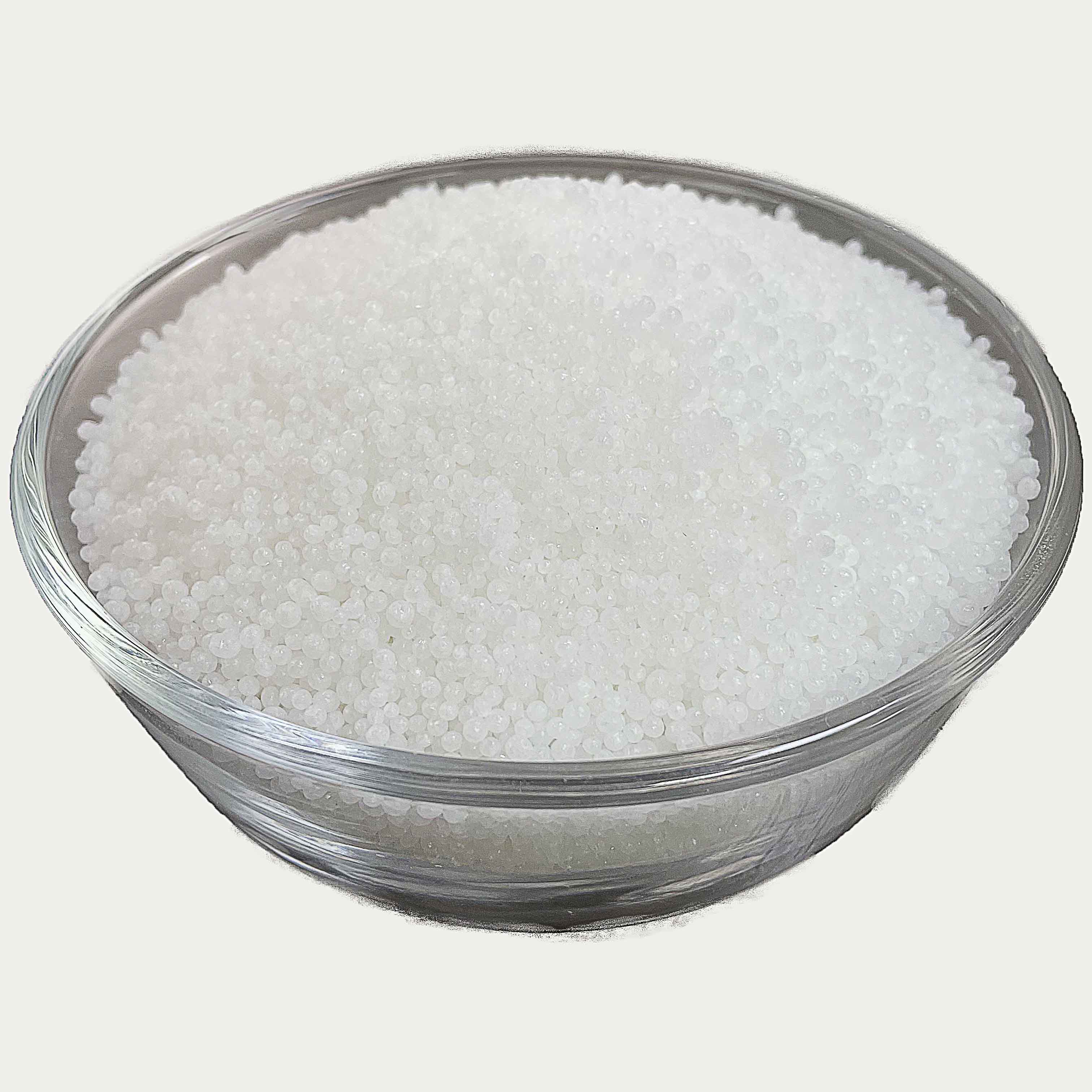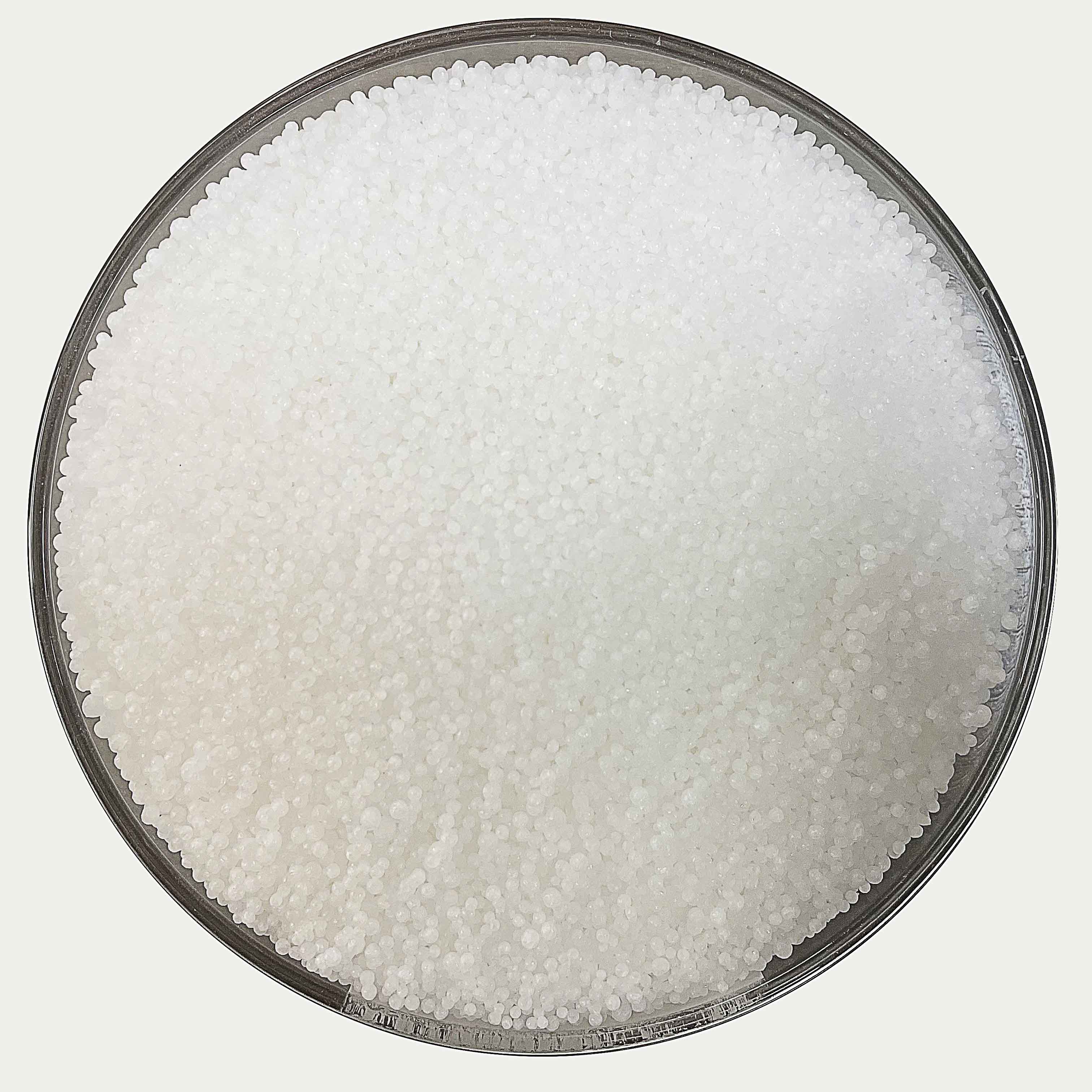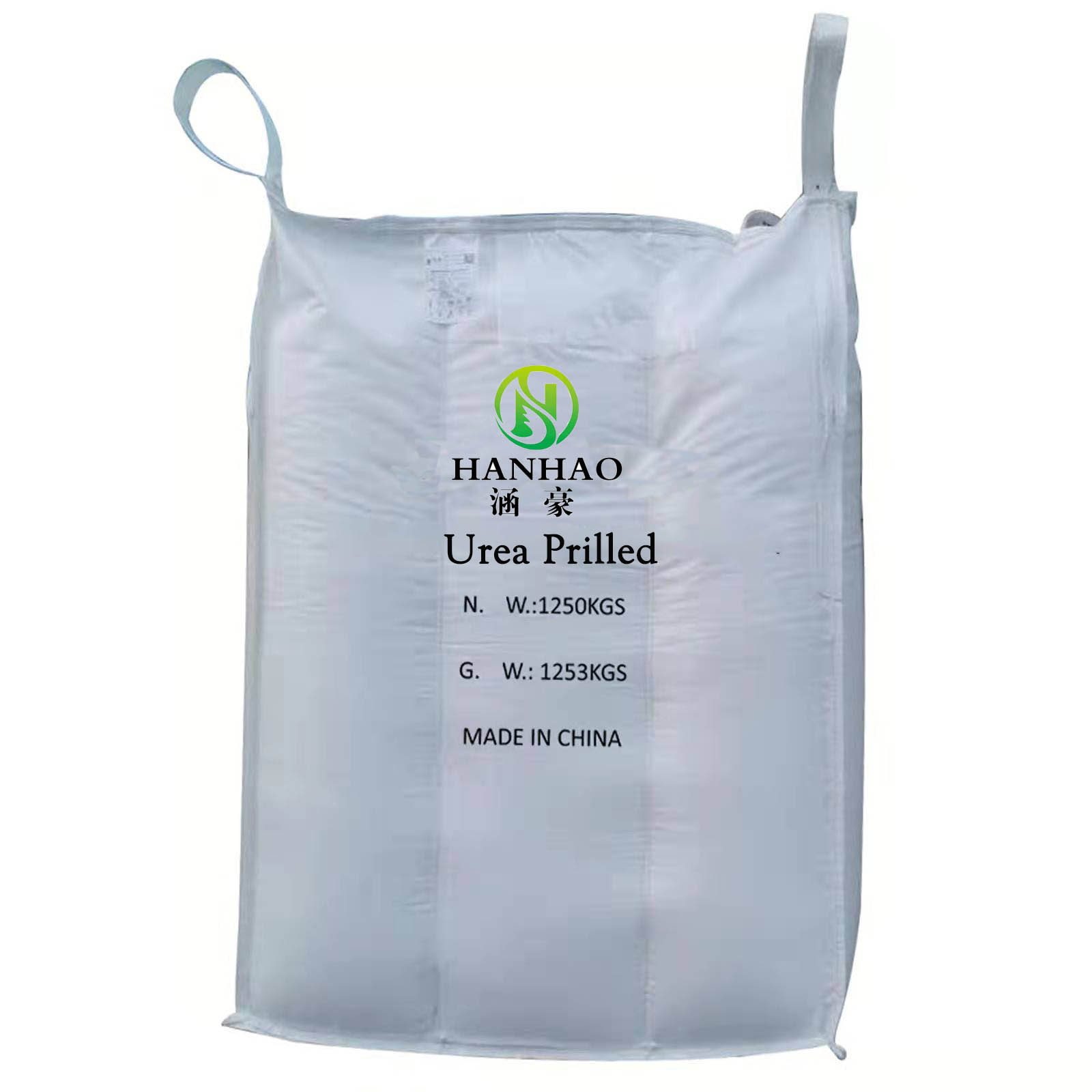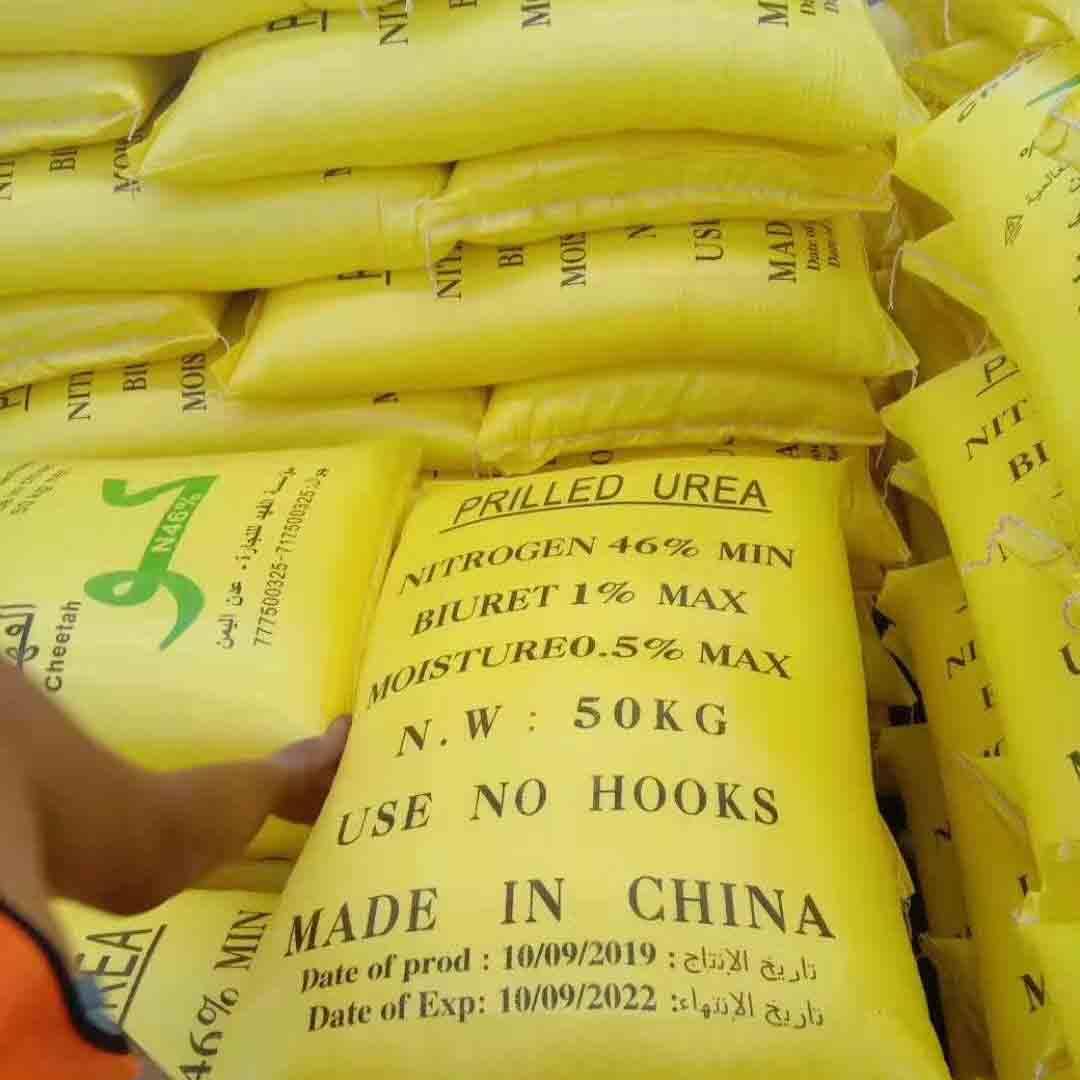
Sep . 22, 2025 11:45 Back to list
10-10-10 Organic Fertilizer: Balanced NPK for Thriving Gardens
Understanding 10-10-10 Organic Fertilizer in Modern Agriculture
In the dynamic landscape of modern agriculture and horticulture, optimizing soil health and crop nutrition is paramount for sustainable productivity. Among the myriad of available formulations, 10 10 10 fertilizer organic stands out as a balanced, comprehensive solution for diverse planting needs. This specific NPK ratio signifies a blend containing 10% Nitrogen (N), 10% Phosphorus (P), and 10% Potassium (K) by weight, derived entirely from organic sources. This balanced nutrient profile ensures robust vegetative growth, strong root development, prolific flowering, and enhanced fruit or grain production, while simultaneously enriching the soil microbiome. Unlike synthetic counterparts, organic formulations contribute to long-term soil fertility and environmental stewardship, aligning with stringent ecological standards and consumer demand for sustainably grown produce.
The increasing adoption of organic farming practices has propelled the demand for high-quality, reliable organic fertilizers. A 10 10 10 organic fertilizer provides a steady release of nutrients, mitigating the risk of nutrient leaching and promoting efficient uptake by plants. This approach supports resilient plant ecosystems and minimizes the ecological footprint associated with conventional fertilization methods. Its versatility makes it suitable for a broad spectrum of applications, from large-scale agricultural operations to specialized horticultural projects and landscape management.
Industry Trends and Market Dynamics
The global fertilizer market is witnessing a significant shift towards sustainable and organic solutions. Driven by growing environmental concerns, stricter regulatory frameworks, and increasing consumer preference for organic food products, the demand for fertilizers like 10 10 10 fertilizer organic is experiencing robust growth. Industry reports indicate a compound annual growth rate (CAGR) for the organic fertilizer market that consistently outpaces that of synthetic fertilizers, reflecting a fundamental reorientation in agricultural practices. Key drivers include heightened awareness of soil degradation, water pollution from chemical runoff, and the long-term economic benefits of improved soil structure and biodiversity.
Technological advancements in organic processing, such as enhanced composting methods, microbial fermentation, and nutrient extraction techniques from natural sources, are enabling the production of more potent and consistent organic formulations. This includes granulated forms that offer easier application and better distribution, rivaling the convenience traditionally associated with synthetic granular fertilizers. The focus on nutrient use efficiency (NUE) is also critical, with organic fertilizers often providing superior NUE due to their slow-release nature and positive impact on the soil's capacity to retain and supply nutrients. Moreover, the integration of bio-stimulants and beneficial microorganisms within organic NPK formulations is an emerging trend, further enhancing plant health and resilience against biotic and abiotic stresses.

Detailed Manufacturing Process of Organic 10-10-10 Fertilizer
The production of 10 10 10 organic fertilizer involves a meticulous process designed to convert diverse organic raw materials into a stable, nutrient-rich, and easy-to-apply product. The primary goal is to maintain the integrity of organic compounds while achieving a precise NPK balance.
Process Flow:
- Raw Material Sourcing & Pre-treatment: High-quality organic feedstocks are procured. These often include animal manures (poultry litter, cattle manure), plant-based residues (compost, kelp meal, alfalfa meal), bone meal, blood meal, and various other natural amendments. Materials are screened to remove contaminants and may undergo initial shredding or grinding to standardize particle size, facilitating uniform decomposition.
- Composting or Fermentation: This critical biological process breaks down complex organic matter. In controlled composting, materials are mixed and piled, maintaining optimal carbon-to-nitrogen ratios, moisture levels, and aeration. Thermophilic temperatures (typically 55-65°C) are achieved, sanitizing the material by destroying pathogens and weed seeds. Fermentation, often utilizing specific microbial cultures, can accelerate nutrient mineralization and humification, enhancing the bio-availability of NPK. This stage is meticulously monitored to ensure stability and maturity of the organic matrix, preventing nutrient loss.
- Nutrient Blending & Fortification: After stabilization, the composted or fermented material is analyzed for its inherent NPK content. To achieve the precise 10-10-10 ratio, additional organic nutrient sources are carefully blended. For instance, rock phosphate or guano for phosphorus, and greensand or sulfate of potash for potassium, might be added. Nitrogen can be boosted with additional blood meal or feather meal. Precision blending ensures homogeneity.
- Granulation (Optional but Recommended): For ease of application and improved nutrient distribution, the blended mixture is often granulated. This can be achieved through various methods, such as pan granulation, drum granulation, or compaction granulation. A binding agent, typically organic in nature (e.g., molasses), may be used to form uniform, durable granules.
- Drying & Cooling: Granulated products are dried to reduce moisture content to an optimal level (typically
- Screening & Quality Control: The dried and cooled granules are screened to ensure uniform particle size. Off-spec granules are reprocessed. Stringent quality control measures are implemented throughout, including NPK analysis, moisture content, pH, organic matter content, and heavy metal testing. Products are often certified to organic standards (e.g., USDA Organic, EU Organic).
- Packaging: The final product is packaged in durable, moisture-resistant bags, ready for distribution.
Testing Standards and Certifications:
Our manufacturing processes adhere to international quality management standards such as ISO 9001:2015, ensuring consistency and reliability. Furthermore, our organic formulations meet specific organic certification body requirements (e.g., OMRI Listed in North America, Ecocert in Europe), guaranteeing compliance with organic farming regulations. This includes rigorous testing for absence of synthetic chemicals, heavy metals, and pathogens, ensuring product safety and environmental integrity.
Technical Specifications and Parameters
The efficacy of 10 10 10 fertilizer organic is underpinned by its precise technical specifications, designed for optimal plant nutrition and soil health. Understanding these parameters is crucial for B2B procurement and application planning.
| Parameter | Specification | Method of Analysis |
|---|---|---|
| Total Nitrogen (N) | 10.0% (min) | AOAC 978.02 |
| Available Phosphate (P₂O₅) | 10.0% (min) | AOAC 960.02 |
| Soluble Potash (K₂O) | 10.0% (min) | AOAC 965.09 |
| Organic Matter Content | ≥ 45% | LOI (Loss on Ignition) |
| Moisture Content | ≤ 15% | Oven Drying Method |
| pH (1:10 solution) | 6.0 - 7.5 | Electrometric Method |
| Granule Size | 2-4 mm (90% min) | Sieve Analysis |
| Heavy Metals | Below regulatory limits (e.g., EPA, EU) | ICP-MS |
These specifications ensure that the product delivers consistent nutrient availability, improves soil structure, and promotes microbial activity without introducing harmful residues. The balanced NPK ratio of a 10 10 10 npk fertilizer supports all stages of plant growth, making it a foundational component for diverse cropping systems.

Application Scenarios and Technical Advantages
The versatility of 10 10 10 fertilizer organic makes it an invaluable asset across various agricultural and horticultural applications. Its technical advantages stem from its organic composition and balanced nutrient profile.
Target Industries and Applications:
- Organic Agriculture: Ideal for certified organic farms producing fruits, vegetables, grains, and specialty crops. It supports compliance with organic standards while ensuring optimal yields and produce quality.
- Horticulture & Nurseries: Used in nurseries for propagating seedlings, growing ornamentals, and maintaining vibrant landscapes. It promotes vigorous growth and enhances the aesthetic appeal of plants.
- Viticulture & Orchards: Applied to vineyards and fruit orchards to improve fruit set, sugar content, and overall plant health, contributing to higher quality harvests.
- Lawn & Turf Care: A 10 20 20 lawn fertilizer or balanced 10-10-10 organic blend can be used for establishing new lawns or maintaining existing turf, promoting dense, healthy grass and robust root systems without the risk of chemical burn.
- Landscape Management: Essential for parks, golf courses, and commercial landscape projects, where sustainable practices are increasingly prioritized.
Technical Advantages:
- Sustainable Nutrient Release: Organic NPK is released slowly as soil microbes decompose the organic matter, providing a steady supply of nutrients over an extended period. This reduces nutrient leaching and runoff, improving nutrient use efficiency compared to soluble synthetic fertilizers like 10 10 10 water soluble fertilizer when applied incorrectly.
- Soil Health Enhancement: The high organic matter content improves soil structure, water retention capacity, and aeration. It fosters a thriving soil microbiome, essential for nutrient cycling, disease suppression, and overall soil resilience. This is a critical distinction from purely chemical options.
- Reduced Environmental Impact: By eliminating synthetic chemicals, organic fertilizers minimize groundwater contamination and greenhouse gas emissions associated with synthetic fertilizer production and use.
- Balanced Plant Nutrition: The 10-10-10 ratio provides an ideal balance of macronutrients for general growth, supporting vegetative, flowering, and fruiting stages effectively. It avoids over-fertilization of any single nutrient.
- Enhanced Plant Resilience: Healthier soil and sustained nutrient availability lead to stronger, more resilient plants that are better able to withstand pests, diseases, and environmental stresses.
- Improved Crop Quality: Studies frequently show that organic fertilization can enhance the nutritional content, flavor, and shelf life of produce.

Vendor Comparison and Customized Solutions
Selecting the right supplier for 10 10 10 fertilizer organic is a critical business decision. While many vendors offer NPK fertilizers, the quality, consistency, and organic certification of the product, along with the supplier's service capabilities, differentiate market leaders.
Key Factors for Vendor Comparison:
- Certifications: Verify organic certifications (e.g., USDA Organic, EU Organic, OMRI Listed) and quality management systems (ISO 9001).
- Raw Material Sourcing: Inquire about the origin and quality of organic feedstocks. Sustainable and ethically sourced materials are a hallmark of reputable suppliers.
- Consistency & Batch Analysis: A reliable vendor provides consistent product quality across batches, backed by comprehensive laboratory analyses for NPK, organic matter, and absence of contaminants.
- Granulation & Form: Assess the physical form (granulated, pelleted, powdered). Granulated forms typically offer better handling, spreadability, and nutrient distribution.
- Technical Support & Expertise: A strong vendor offers expert agronomic advice, assisting clients with application rates, soil testing interpretation, and crop-specific recommendations.
- Logistics & Supply Chain: Evaluate lead times, shipping reliability, and packaging options suitable for large-scale operations.
Customized Solutions:
Recognizing that specific crop requirements and soil conditions vary, leading suppliers offer tailored organic fertilizer solutions. While a balanced 10 10 10 npk fertilizer is a staple, customized blends can address unique nutritional demands. For instance, some crops might benefit from a higher potassium content, such as a 10 25 10 fertilizer for fruiting plants or a 10 30 10 fertilizer for root crops. Similarly, a 10 20 20 fertilizer might be preferred for certain stages of growth or soil types. Our R&D team works closely with clients to develop bespoke organic NPK formulations, adjusting ratios and incorporating specific micronutrients or beneficial microbes based on detailed soil analyses and crop cycles. This collaborative approach ensures maximum efficacy and optimizes return on investment for agricultural enterprises.
| Feature | Organic 10-10-10 Fertilizer | Synthetic 10-10-10 Fertilizer |
|---|---|---|
| Nutrient Release | Slow, sustained, microbial-mediated | Rapid, immediate availability (potential for leaching) |
| Impact on Soil Health | Improves structure, water retention, microbial life | Minimal or negative impact on soil biology/structure |
| Environmental Impact | Low runoff risk, supports biodiversity | Higher risk of water pollution, greenhouse gas emissions |
| Organic Certification | Yes (if certified) | No |
| Application Method | Granular, soil incorporation, top-dressing | Granular, liquid, foliar (10 26 26 water soluble fertilizer example) |
| Risk of "Burn" | Very low (due to slow release) | Higher (due to high salt content) |
Application Case Studies
Real-world applications demonstrate the tangible benefits of integrating 10 10 10 fertilizer organic into diverse agricultural strategies.
Case Study 1: Large-Scale Organic Vegetable Farm
A 500-acre certified organic vegetable farm in California adopted our granulated 10 10 10 organic fertilizer as their primary NPK source. Prior to implementation, they struggled with maintaining consistent soil fertility and achieving optimal yields for diverse crops like leafy greens, tomatoes, and peppers, relying on multiple single-nutrient organic amendments. After two seasons of consistent application, soil organic matter increased by an average of 1.5 percentage points, and soil microbial activity, measured by CO2 respiration, showed a 30% increase. Crop yields improved by 10-15% across several key crops, accompanied by enhanced disease resistance and reduced input costs for pest management due to healthier plant growth. The farm reported a significant reduction in labor due to simplified fertilization protocols, moving from multiple applications of different amendments to a single, balanced organic granular product.
Case Study 2: Commercial Vineyard in the Pacific Northwest
A renowned vineyard sought to enhance the vigor and fruit quality of their premium wine grape varietals while transitioning towards more sustainable practices. They applied our 10-10-10 organic blend during dormant and active growth stages. Pre-application soil tests indicated deficiencies in available phosphorus and potassium. Post-application, sap analysis revealed a more balanced nutrient uptake. Grape sugar content (Brix) showed an average increase of 1.2%, and vine health metrics, including leaf chlorophyll content and canopy density, improved significantly. The vineyard noted stronger root systems and enhanced resilience against regional fungal pressures, contributing to a more consistent, high-quality harvest.
Case Study 3: Urban Green Space Management
A municipal parks department managing various urban green spaces, including public parks and athletic fields, aimed to reduce their reliance on synthetic fertilizers. They implemented a phased transition to our organic 10-10-10 for turf management. Initial concerns about turf density and color were quickly alleviated. Within six months, the treated areas exhibited denser turf, improved drought tolerance, and a vibrant green color comparable to synthetic-treated areas, but with the added benefit of reduced chemical exposure for public users and improved soil biology. The project achieved its environmental goals while maintaining the high aesthetic and functional standards required for public spaces.

Frequently Asked Questions (FAQ)
- Q1: What does "10-10-10" signify in organic fertilizer?
- A1: The numbers 10-10-10 represent the percentage by weight of Nitrogen (N), Phosphorus (P₂O₅), and Potassium (K₂O) respectively. A 10-10-10 blend is a balanced fertilizer, providing equal proportions of these three primary macronutrients essential for overall plant growth.
- Q2: How does organic 10-10-10 differ from synthetic 10-10-10?
- A2: The fundamental difference lies in their source and nutrient release mechanism. Organic 10-10-10 derives its nutrients from natural, living or once-living materials (e.g., compost, bone meal) and releases them slowly through microbial decomposition, improving soil health. Synthetic 10-10-10 uses chemically manufactured compounds that release nutrients rapidly, potentially leading to leaching and minimal soil improvement.
- Q3: Is this product suitable for certified organic farms?
- A3: Yes, our organic 10-10-10 fertilizer is specifically formulated to meet stringent organic certification standards. We provide documentation and certifications (e.g., OMRI, Ecocert) to ensure compliance for your organic farming operations.
- Q4: What is the recommended application rate?
- A4: Application rates vary based on soil test results, crop type, and specific growth stages. Typically, a general application for agricultural crops might range from 500-1000 kg/hectare. We highly recommend conducting soil analyses and consulting with our agronomy experts for precise recommendations tailored to your specific needs.
- Q5: How long does the nutrient effect last?
- A5: Due to its slow-release nature, the nutrient effect of organic 10-10-10 can last for several weeks to months, depending on soil temperature, moisture, and microbial activity. This sustained release minimizes the need for frequent re-applications.
Lead Time, Warranty, and Customer Support
At our core, we prioritize not only product excellence but also exceptional service and client satisfaction.
Lead Time & Fulfillment:
Standard lead times for our 10 10 10 fertilizer organic typically range from 2-4 weeks for bulk orders, depending on order volume and current production schedules. We maintain robust inventory levels and efficient logistics networks to ensure timely delivery to agricultural hubs worldwide. For urgent requirements or large-scale projects, we encourage direct communication with our sales team to discuss expedited production and shipping options. Our commitment is to fulfill orders with precision and efficiency, minimizing downtime for your operations.
Warranty Commitments:
We stand behind the quality of our organic fertilizers. All products are guaranteed to meet the published technical specifications and organic certification standards at the point of delivery. Our warranty covers material defects and compositional inconsistencies. Should any product fail to meet these standards, we commit to prompt investigation and resolution, including replacement or credit, in accordance with our terms and conditions. Our long-standing reputation is built on trust and the consistent performance of our products in the field.
Customer Support:
Our dedicated customer support team and network of agronomic specialists are available to provide comprehensive assistance. From initial consultation and soil analysis interpretation to product selection, application guidance, and post-sale support, we ensure our clients have the expertise needed for successful outcomes. Support channels include direct phone lines, email, and dedicated account managers. We also provide extensive technical documentation, safety data sheets (SDS), and certification records upon request. Partnering with us means gaining a reliable supplier and a knowledgeable resource for your sustainable agriculture endeavors.
Conclusion
The adoption of 10 10 10 fertilizer organic represents a strategic move towards sustainable, productive, and environmentally responsible agriculture. Its balanced nutrient profile, combined with the inherent benefits of organic matter for soil health, positions it as a superior choice for growers aiming for high yields, improved crop quality, and long-term ecological stewardship. As the global agricultural sector continues to evolve, embracing such advanced organic solutions will be crucial for meeting the demands of a growing population while preserving our planet's vital resources.
References
- Smith, J. (2020). "The Role of Organic Fertilizers in Sustainable Agriculture: A Review." Journal of Agricultural Sciences, 11(2), 145-160.
- USDA National Organic Program. (2023). "Organic Standards & Certification." Available from: www.ams.usda.gov/nop
- European Commission. (2022). "Organic farming - Agriculture and rural development." Available from: ec.europa.eu/agriculture/organic/
- Jones, C. (2018). "Soil Fertility and Fertilizers: An Introduction to Nutrient Management." Waveland Press.
- Organics Materials Review Institute (OMRI). (2023). "Standards & Policies." Available from: www.omri.org/standards
-
Organic Plus Fertilizer: Sustainable Soil Nutrition for the Future
NewsNov.22,2025
-
Organic Potash Fertilizer: Sustainable Solutions for Modern Agriculture
NewsNov.21,2025
-
Sustainable Growth with Organic Potassium Fertilizer: Benefits, Uses & Innovations
NewsNov.21,2025
-
Comprehensive Guide to Organic Potato Fertilizer: Benefits, Uses, and Innovations
NewsNov.20,2025
-
Comprehensive Guide to Organic Slow Release Fertilizer: Benefits & Applications
NewsNov.20,2025
-
Organic Slow Release Lawn Fertilizer - Sustainable Lawn Care Solutions
NewsNov.19,2025
